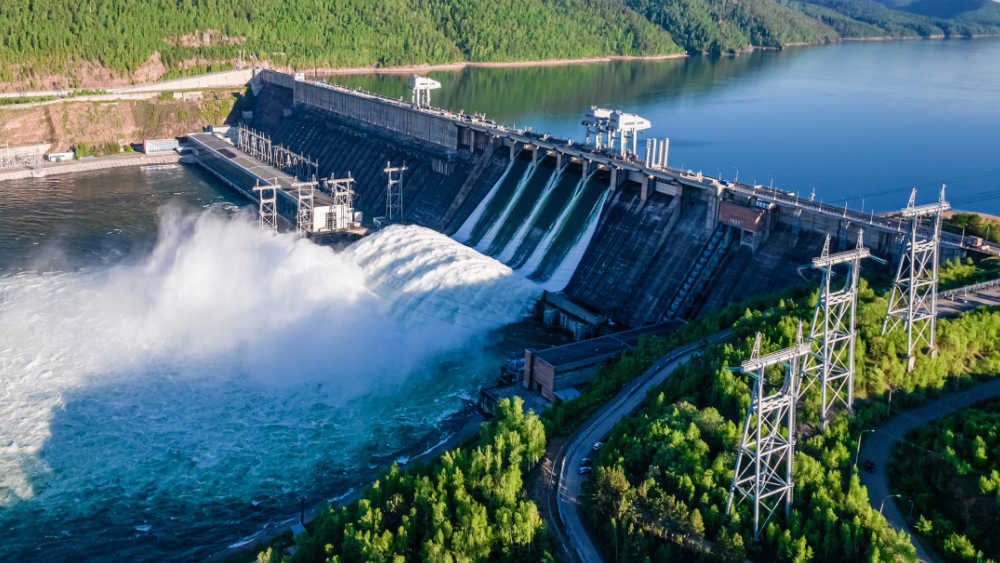Renewables: main source of energy production in 2021

The production of energy in the EU is spread across a range of different energy sources: solid fuels, natural gas, crude oil, nuclear energy and renewable energy (such as biomass, hydro, wind and solar energy).
In 2021, the largest contributing source to primary energy production in the EU was renewable energy (41% of total EU energy production). This has been the case since 2016, when renewables surpassed nuclear for the first time. Nuclear energy (31%) was the second-largest source, followed by solid fuels (18%), natural gas (6%), crude oil (3%) and other (0.2%).
Source dataset: nrg_bal_s
Energy production in the EU countries
The production of energy was very different from one EU member to another.
In 2021, renewable energy was the exclusive source of primary production in Malta (in other words, this country did not produce any other type of energy). Renewable energy also represented the main source in a number of EU countries, with shares over 95% in Latvia (close to 100%), Portugal (98%) and Cyprus (96%).
Solid fuels were the main source of energy produced in Poland (72%), Estonia (56%) and Czechia (45%).
Natural gas had the largest shares in the Netherlands (58%) and Ireland (42%; its main source of energy production was renewables and biofuels with 49%). Meanwhile, the share of crude oil was largest in Denmark (35%; its main source was renewables and biofuels with 48%).
Energy production in the EFTA countries
While renewable energy represented 100% of primary production in Iceland, it only accounted for 7% in Norway, where natural gas (47%) and oil (45%) had the largest shares.
Energy produced in EU only covered 42% of consumption
In 2021, the production of energy corresponded to only 42% of the consumption of energy, requiring EU imports from third countries. Therefore, to have a complete picture of the EU’s energy needs, production needs to be put in perspective with imports.
In 2021, the main imported energy product was petroleum products (including crude oil, which is the main component), accounting for almost two-thirds of energy imports into the EU (64%), followed by natural gas (25%) and solid fossil fuels (6%).
Would you like to know more?
More information on energy can be found in the updated 2023 edition of Eurostat's interactive publication Shedding light on energy in the EU.
This edition wraps up and puts together all the main indicators released for 2021 and the latest gas and electricity prices for the first half of 2022.
For more information
- Interactive publication: Shedding light on energy in the EU
- Interactive visualisations on energy
- Thematic section on energy
- Database on energy
- Statistics 4 beginners article on energy flows
- Statistics Explained article on energy production and imports
Methodological notes:
- Data extracted on 15 March 2023.
- Other: includes natural gas liquids, additives and oxygenates (excluding biofuel portion), other hydrocarbons, peat, oil shale and oil sands, industrial waste (non-renewable), non-renewable municipal waste, and heat.
- Data might not add up to 100% due to rounding.
If you have any queries, please visit our contact us page.
